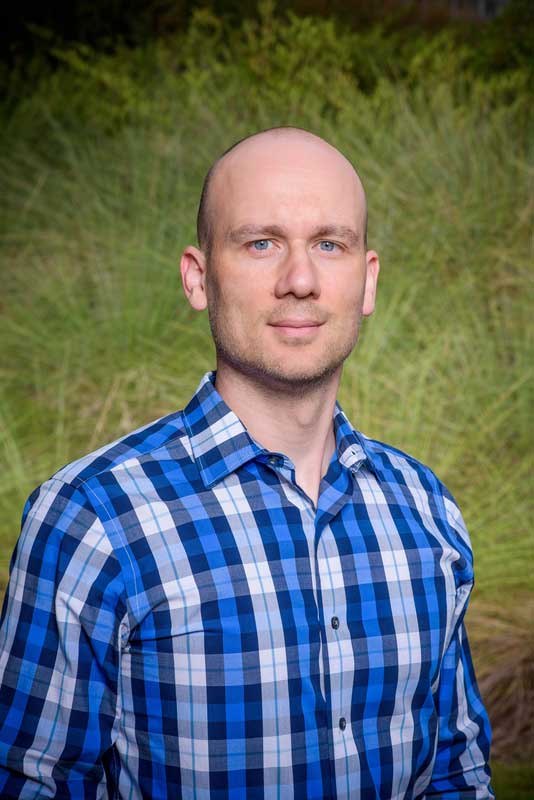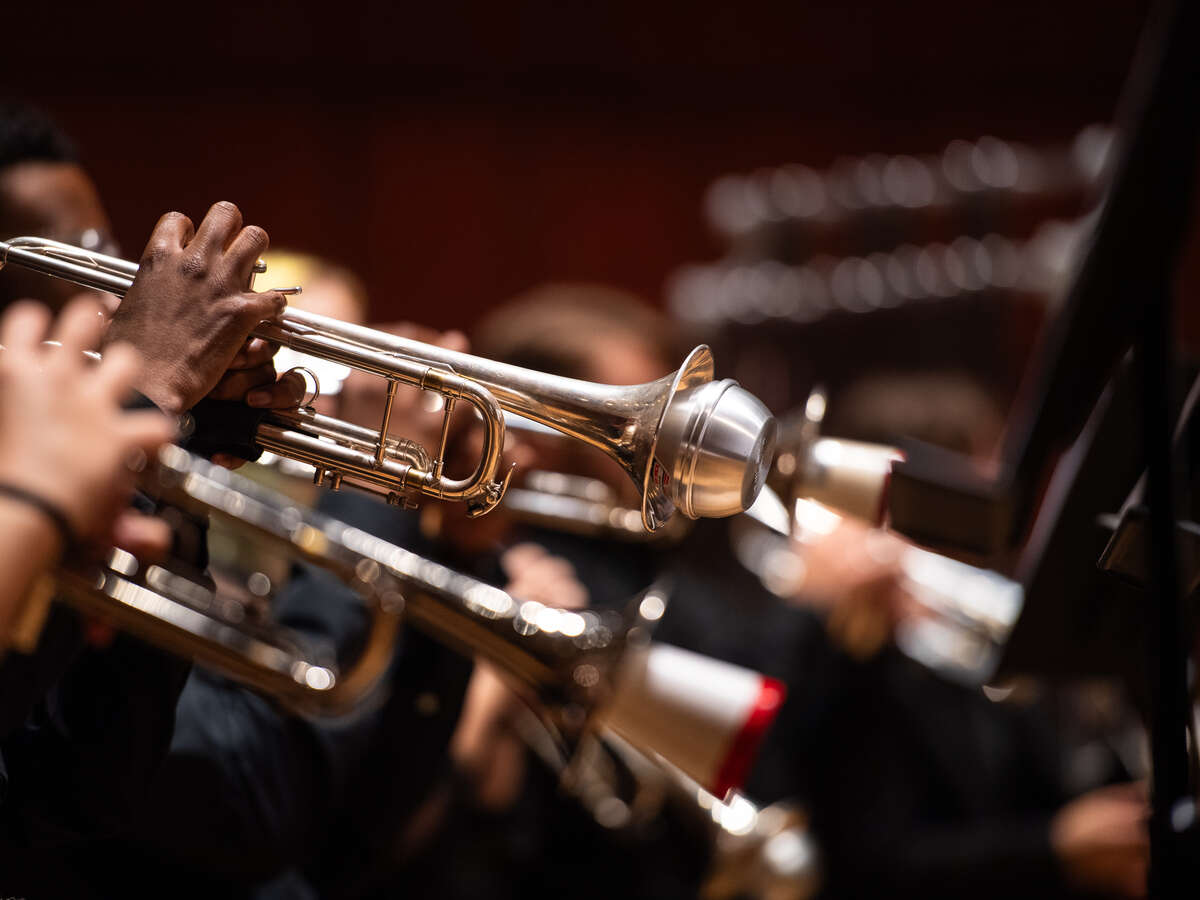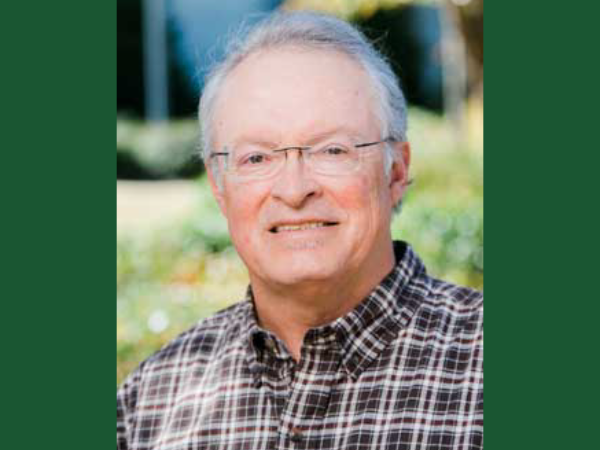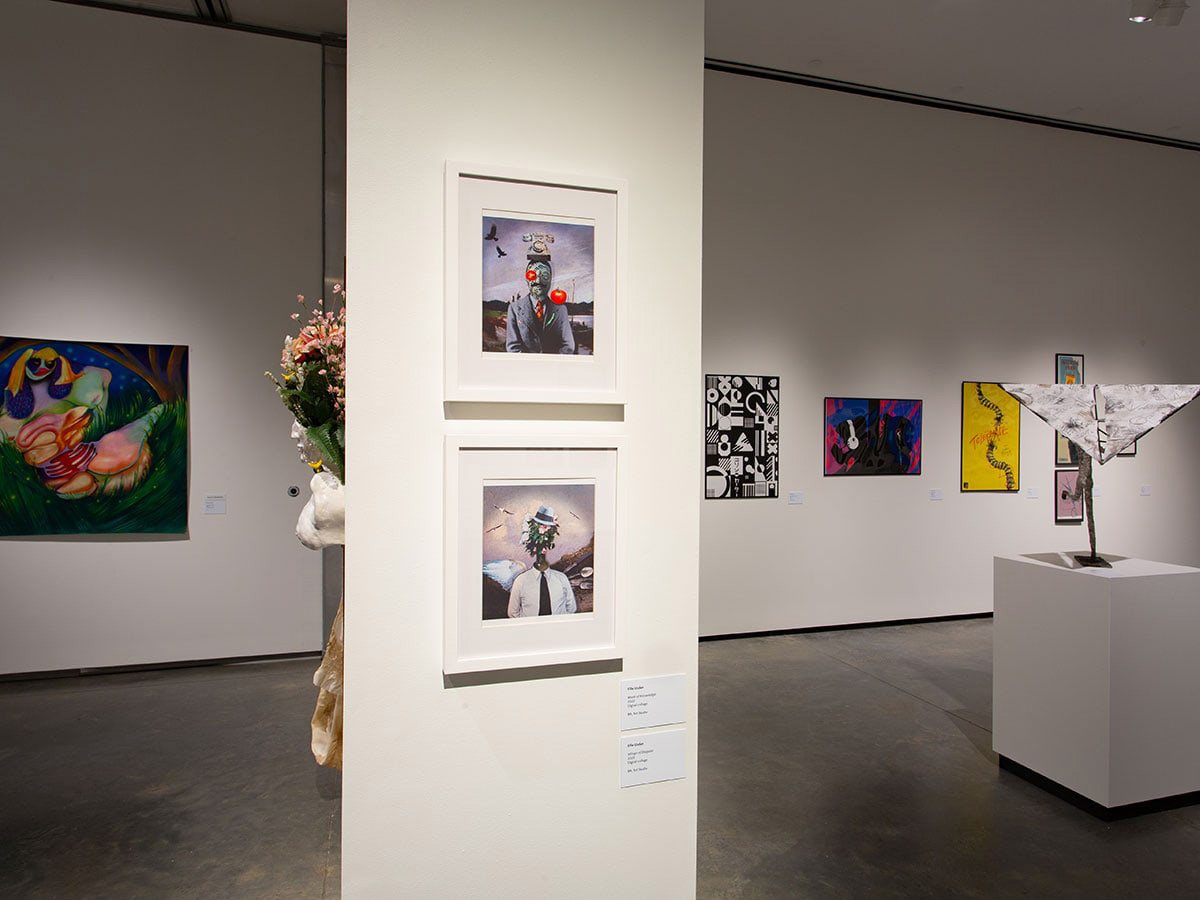
Some know it as the Humanities Building, others simply refer to it as “Building Three.” Regardless of what you call it, the building has served the University of Alabama at Birmingham’s campus well for the past five decades.
Throughout its existence, the unique facility hosted UAB’s arts and humanities departments, a dean’s office, The Hideaway Café, an art gallery, and more. Countless students have taken classes, used studio spaces, and recorded music in the building, and numerous faculty and staff members once called it home.
Over the past two decades, departments moved out, the café closed, and the art gallery relocated and evolved into the renowned Abroms-Engel Institute for the Visual Arts (AEIVA).
Now, as the UAB Campus Master Plan continues to unfold, the time has come for the demolition of the Humanities Building. Several faculty members in the College of Arts and Sciences once worked and taught in the building, and, for them, it is a bittersweet moment. The College invited three faculty members from the departments of Philosophy, English, and World Languages and Literatures to share their memories:

Kevin McCain, Ph.D., Professor, Department of Philosophy
“Having spent several years of my academic career in the Humanities Building I have many memories connected with it. The most vivid is also the earliest. During my on-campus interview I was taken to see the Philosophy Department offices in the Humanities Building. It was as I gazed over Birmingham from the fourth-floor balcony of the Humanities Building that I first knew UAB was the place for me.”

Alison Chapman, Ph.D., Chair, Department of English
“What I liked most about the Humanities Building (HB) were the spacious balconies that ringed every floor, accessed by open stairwells. Now from a security perspective, this was an unfortunate design, and with every classroom door directly opening to the outside, that poor old building leaked air like a sieve. The trade-off was that those of us who worked in HB were often outdoors. Just walking two floors up to class meant breezy stairwells then rounding a corner to a sunny view across campus, and from the fourth floor, you looked straight over the parapet into a tree canopy (although it terrified me when students would sit on the parapets waiting for class to start). I even liked those balconies in bad weather when the rain blew straight in. Modern buildings are so much more energy efficient, but at the expense of sealing us in.”

John K. Moore, Ph.D., Associate Dean for Faculty Affairs, College of Arts and Sciences, and Professor, Department of World Languages and Literatures
“One lovely memory is from the Fall of 2009, when we held Hispanic Family Day as the closing reception of the Sacred Steps exhibit in The Visual Arts Gallery of the Humanities Building. I had worked with then gallery director Brett Levine to host this traveling exhibition of artwork on the Spanish pilgrimage route to Santiago, and our shared vision was to host a culminating event open to the Spanish-speaking community of Birmingham. After bilingual remarks by Visiting Jemison Professor George Greenia of the College of William & Mary, who had given a major public address on the Camino de Santiago the night before, we served tamales and had face painting and live music with sing-alongs in Spanish. Several Latino community members and their families turned out to enjoy the exhibit and festivities. Hispanic Family Day embodies the spirit of providing hospitality, an essential notion to pilgrimage and to building an inclusive society.”


